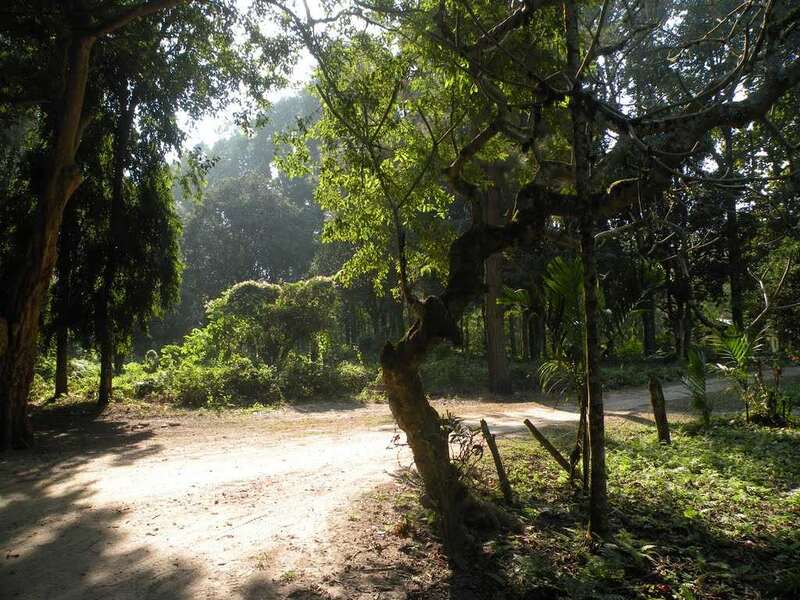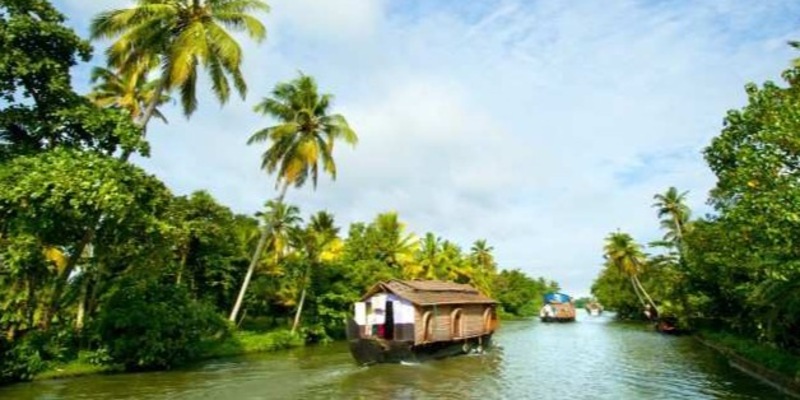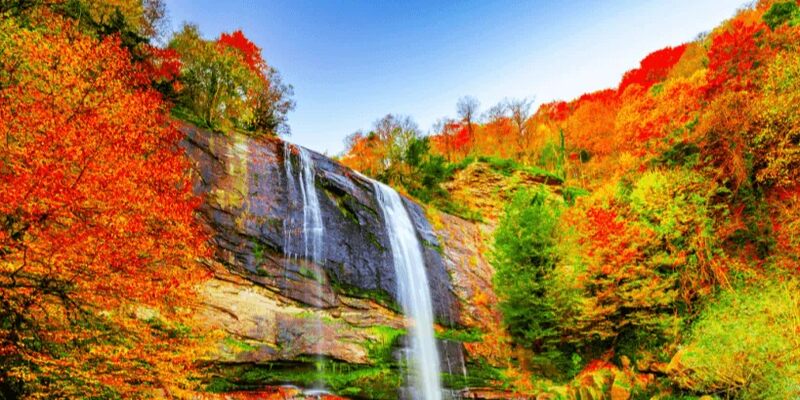Orang National Park, also known as the "Mini Kaziranga", is a beautiful place located in Assam's middle heart. It seems similar to its bigger counterpart nearby because it has around 78.81 square kilometers of land area. This park presents an array of wildlife and many things to see for those who enjoy observing nature or animals, making it perfect for people interested in both these areas! In this article, we will explore different aspects of Orang National Park starting from its interesting creatures up until conservation attempts being made there.
The Orang National Park is known for its rich and varied ecosystem, with thick forests, swamplands, and meadows forming a major part of it. The area is filled with many types of plants such as sal, teak trees, and elephant grasses. In terms of animals living here, you can find Indian rhinoceroses Royal Bengal tigers Asiatic elephants as well as Indian leopards among others. People who enjoy watching birds will also find joy in the park's bird life. It is a home for the Bengal florican, greater adjutant stork, and the rare white-winged wood duck.

Explore further into the park's forests to uncover special areas of biodiversity, like uncommon orchids and healing plants. Pay attention to hard-to-find creatures such as clouded leopards that reside in the thick underbrushes, giving a touch of secret to your adventure.
A special experience that Orang National Park provides is a river safari on the powerful Brahmaputra River. People can take a trip by boat along this river, giving them wide views of the park's scenery and a chance to see animals on its sides. The river safari shows the park from another point of view, letting people observe the various ecosystems while enjoying calmness.
While you are on the Brahmaputra, it is good to have binoculars with you for spotting river dolphins playing in the water. The edges of the river are also full of birds, so birdwatching lovers will find many chances to increase their list.

These are a way to experience the local lifestyle of people who live in villages on the edges of Orang National Park. You can talk with indigenous tribes, understand their customs and traditions, and get knowledge about how they manage their lives along nature's path. These cultural interactions help you understand more deeply about this area's heritage and why it is so important to preserve its natural beauty.
Visit the old-world villages around the park, and see traditional crafts like handloom weaving and pottery. Talk with locals to learn about their eco-friendly farming methods and how they keep balance in maintaining the park's environment.
Orang National Park is not just a wildlife sanctuary. It's also a fortress for efforts in conservation. The park includes many programs to save its delicate environment and creatures in danger of extinction. Eco-tourism is important for raising awareness and money to support these protection projects. Guests can assist in the park's preservation endeavors by joining in eco-friendly events like nature strolls, bird observing trips, and sustainable types of tourism.
Know about conservation projects of the park which include work for habitat restoration, anti-poaching actions, and community participation. Help by backing eco-friendly lodges and tour operators to guarantee that your trip makes a good difference to the park and its people.
The best period for a trip to Orang National Park is in the wintertime, from November through April. The climate during these months is very pleasant and you have a greater chance of seeing wildlife. It's smart to make reservations for your stay ahead of time, especially if you plan on coming here when many other tourists are also around. You want to be sure there's a place for you! People who come should follow the rules set by this park like keeping away from animals and not throwing rubbish everywhere so as not to spoil its natural beauty.
Don't go in the rainy season from May to October. There can be big rainfalls that cause flooding and make it hard to reach some parts of the park. Go on weekdays for fewer people and a calmer time watching animals.
Orang National Park is a place that shows the natural beauty and variety of Assam, giving joy to those who love nature and animals. It has safaris for adventure, cultural experiences for learning about local life, and more. By supporting sustainable tourism and the protection of this wild area, everyone can make sure that it remains alive for many years ahead.

By Sean William/May 29, 2024

By Susan Kelly/May 16, 2024

By Juliana Daniel/May 29, 2024

By Triston Martin/Apr 26, 2024

By Susan Kelly/Apr 01, 2024

By Susan Kelly/Mar 11, 2024

By Juliana Daniel/May 28, 2024

By Triston Martin/Feb 15, 2024

By Sean William/Jul 19, 2024

By Susan Kelly/Mar 11, 2024

By Sean William/May 29, 2024

By Sean William/May 30, 2024